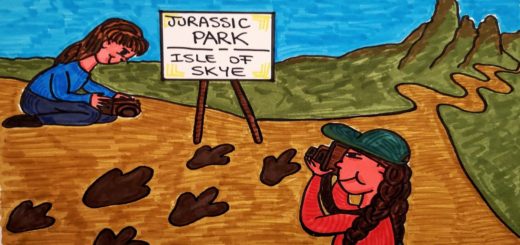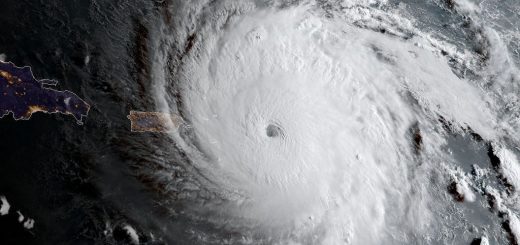Life beneath the ice
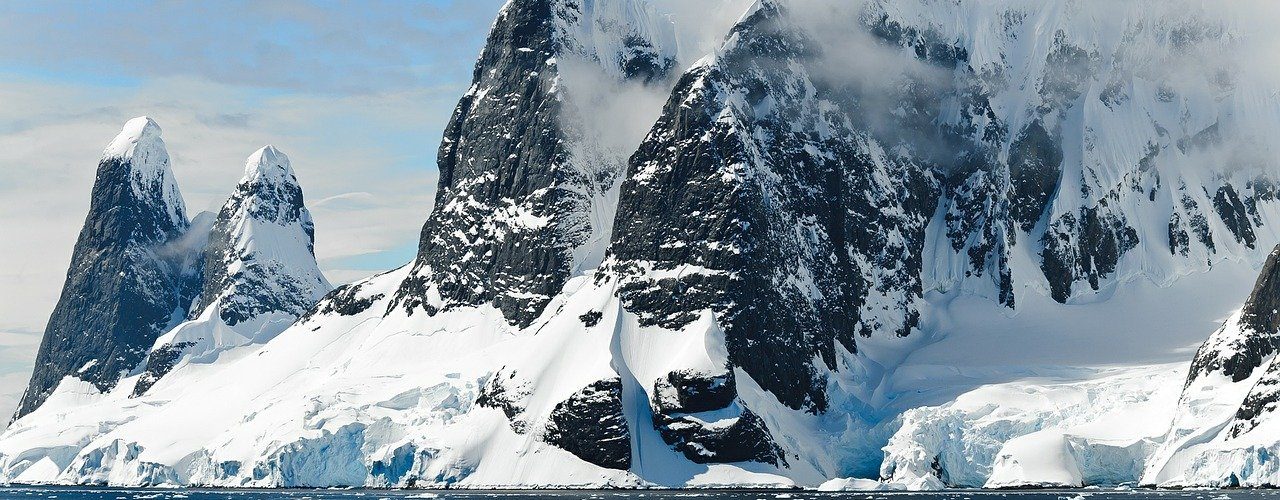
“It is not life as we know or understand it.
Yet it is obviously alive, it exists”
Just as Spock proclaimed in the 1960s TV show Star Trek: The Original Series, life on Earth “..as we know it” (or assume to know it) doesn’t always fit the norm, especially when we look at the most extreme of environments. From the bellies of volcanoes to the pinnacles of mountains, deep within seemingly endless sea trenches and even inside highly radioactive nuclear reactors, you can find evidence of organic life. Life beneath the ice shelf is also hostile and isolated. Creatures living here must survive in dark, icy cold water with limited access to sources of food. Yet life does exist here. Small creatures swim around under the ice shelf, following food drifting inwards from the ice shelf border. In fact, until recently, it was thought that all life under the shelf must be able to move around to find food. However, to the surprise of the scientific community, a group of sessile (immobile) creatures have been seen surviving, against all odds, on a boulder deep, deep down under an ice shelf in Antarctica. How they live here, seemingly unable to move to find food, is entirely unknown, but could hold the key to the survival of life following cooler periods in our Earth’s history such as the end of the last glacial period (when Earth was extremely cold), which ended ~12,000 years ago.1
Now we journey back, millions of years in time, before the Antarctic even existed, to explore how these ice shelves became such a hostile place to live and uncover how scientists today made the startling discovery of immobile life below an ice shelf.
The Antarctic Tundra is a vast polar desert
Before Antarctica became the continent we know today, it was originally part of a giant southern hemisphere supercontinent called Gondwana, alongside South America, Africa, Australia-New Guinea, New Zealand, Madagascar and parts of the Arabian and Indian subcontinent. When Gondwana began its separation, some 180 million years ago, Africa and South America broke off first, leaving India, Australia-New Guinea, Madagascar and Antarctica still connected. Eventually, India and Madagascar separated about 40 million years later, leaving a much smaller Gondwana, now encompassing Antarctica and Australia-New Guinea drifting further South2.
During this time (known as the Cretaceous Era, lasting from ~145 to 66 million years ago), the Earth was pretty hot. Unlike today, there was no ice at either the North or South Poles and ocean temperatures were on average a very comfortable 35 oC.3
In fact, the Australia-Antarctica landmass was likely a lush, tropical jungle playing host to an abundance of life. However, this all changed, and rapidly, geologically speaking. Around 85 million years ago, Antarctica and Australia began to drift apart, taking ~50 million years to fully separate. Freed from its ties to Australia, Antarctica continued on a south-ward journey towards the South Pole. And, in less than 20 million years, the surface of Antarctica froze, with a blanket of glacier ice (fallen snow which is densely compressed, forming a thick plate of persisting ice) turning a once luscious rainforest into a frozen tundra.
The knowledge of how Antarctica froze so swiftly (~34 million years ago) is still a mystery. However, scientists think that a global cooling event caused the freezing. During this time, carbon dioxide levels decreased in the air (carbon dioxide is a gas that is very good at trapping heat). Scientists also found evidence for changes in how the ocean currents circulated, which could have prevented warmer water from reaching Antarctica. One or both of these events might explain why such rapid chilling occurred.4
Today, Antarctica, the most Southern continent on our planet, still remains an isolated, polar desert double the size of Australia. Approximately 99.7% of this extreme environment is covered with 4 kilometre thick glacier ice, accounting for over 90% of the ice on planet Earth! In fact, the only ice-free regions are protruding mountain tops, poking out from the vast icy wilderness. As snow is unable to build up at these peaks, glacier ice cannot form.5
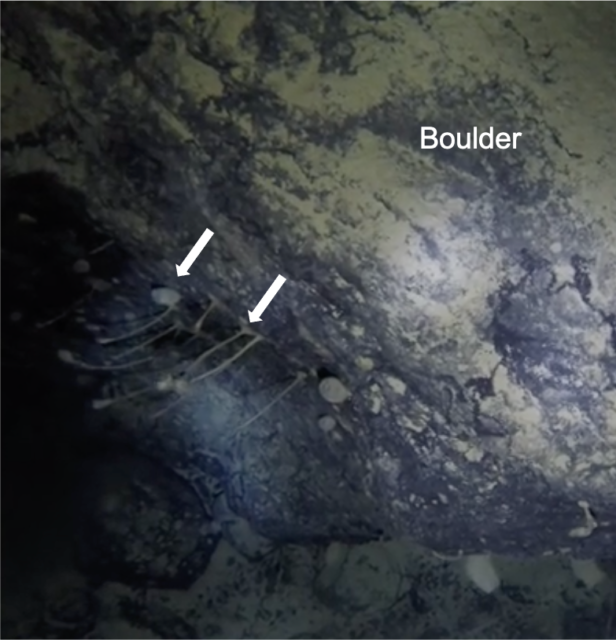
But what survives in the extreme Antarctic environment?
During the ‘hot’ years, when Antarctica existed as part of Gondwana (~100 million years ago), the average temperature around summertime was estimated to be around 20 oC. Looking at the fossil records (fossilised evidence of life at earlier times during Earth’s geological history) of this time, scientists found an array of fauna (animals) and flora (plants). In fact, we have evidence that some plant species alive today were spread throughout Gondwana, including Antarctica, prior to its separation from Australia. 6
Interestingly, there is no evidence of indigenous (native) humans in Antarctica.
Despite the harsh climate today, Antarctica hosts life, most of which are adapted to marine (sea-based) living, with ~23 species of mammals including seals and whales, marine invertebrates like krill, some terrestrial invertebrates, communities of largely coastal plants, birds and even bacteria and fungi have been found in this vast tundra.7
Life has also been seen on the seafloor underneath the ice but very little is known about what lives here, and more importantly, how organisms can survive in this environment. Most of what is known comes from drilling holes down through the ice (about 700 kilometres deep) and peeking through the hole using small cameras. And what does live there is a mix of macroscopic creatures which are less than 1 centimetre in size and benthic creatures such as crustaceans and sponges which live around the seafloor.8
Life under the ice shelves is harsh and, the further away you travel from the border of an ice shelf, the harder it becomes to live. We see much less diversity the further ‘inland’ under the shelf you go. This is because available nutrients become increasingly scarce, with the level of sunlight reducing meaning the chance of generating energy by photosynthesis (the process of converting sunlight into energy) is rare. Most organisms can swim or float around in the water under the ice shelf allowing them to move, or to be carried to, areas where there might be sources of food.
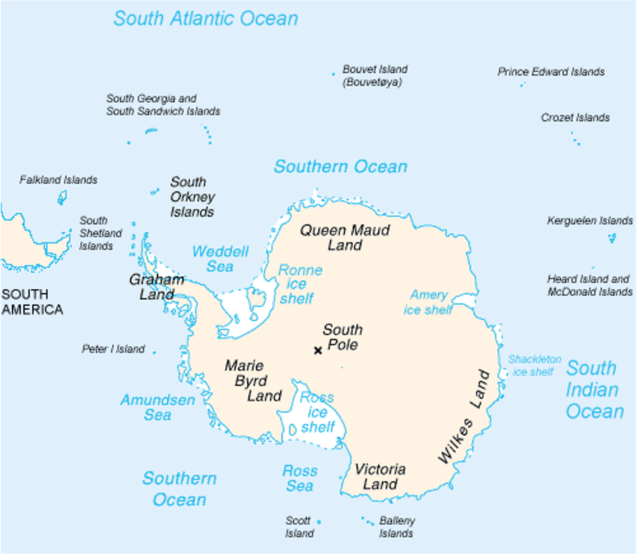
NOTE: The above image is cropped from its original format (WikiCommons).
Living away from the light
Recently, a group of geologists inadvertently uncovered something very unexpected deep beneath an ice shelf in the Antarctic. They picked a spot 260 kilometres from the front of one of the largest ice shelves on our planet, the Filchner-Ronne ice shelf (which is ~422,000 km2 in area and borders the Weddell Sea, a part of the Antarctic/Southern Ocean), then drilled through ~900 metres thick ice to reach the cold seawater below.
Heading down through the water, they had hoped to find the seafloor to collect samples of sediment.9 Instead, on the way down (~500 metres down into the water), they hit something.
Wanting to know what they hit, the researchers sent a GoPro camera deep into the freezing seawater and what they came across was an almost impossible finding. Deep beyond the ice, they discovered a boulder in the murky darkness ~1230 metres down, and on that boulder was life. In fact, the boulder appeared to be playing host to around 38 creatures, including sponges and other creatures which could not be identified. What was so unexpected about this observation was that these creatures appeared to be sessile; they cannot move from this boulder to find food elsewhere. Instead, sessile creatures wait for food travelling in the surrounding water to pass by or filter food out from the watery soup. How could life here be possible?
No sunlight penetrates through the ice into the chilly seawater below. This means that whatever creatures live in the darkness are unable to generate their own food using photosynthesis. In fact, the closest photosynthetic plants (which could provide a rich and tasty food source), are likely well over 600 kilometres away! And it’s not just that one boulder hosting these creatures, scientists also found evidence of life at another nearby site revealing how little we know about sub-ice shelf living and survival.
Although researchers do not yet know if these newly found creatures are new species or not, the presence of sessile life here is certainly puzzling. It raises some exciting possibilities of understanding how life adapts to extreme cold, for example across the glacier periods in Earth’s history. There is also a lot we do not know about the creatures living at these depths. Are they an entirely new species? How do they prevent themselves from freezing? What is their source of food? How do they eat? How long do they live? Where did they come from? What happens to them when our planet warms up too much?
Of course, much research still remains to answer these questions but, what this discovery really highlights is that the diversity of life on planet Earth goes beyond our own comprehension and understanding of the natural world. Who knows what other curious creatures are living in the remote parts of our world?
This article was specialist edited by Alison Hughes and copy-edited by Miriam Scarpa
References
- https://agupubs.onlinelibrary.wiley.com/doi/full/10.1029/2005JD006079
- https://www.newworldencyclopedia.org/entry/Gondwana
- https://www.earth.ox.ac.uk/2019/05/taking-the-temperature-of-a-late-cretaceous-greenhouse-world/
- https://www.nature.com/articles/ngeo2888
- https://advances.sciencemag.org/content/2/4/e1501648
- https://advances.sciencemag.org/content/2/4/e1501648
- https://www.antarctica.gov.au/about-antarctica/animals
- https://www.cambridge.org/core/journals/antarctic-science/article/abs/complex-life-under-the-mcmurdo-ice-shelf-and-some-speculations-on-food-webs/448E9AE1483122D4455DE0BCC58CC1EC
- https://en.wikipedia.org/wiki/Weddell_Sea

